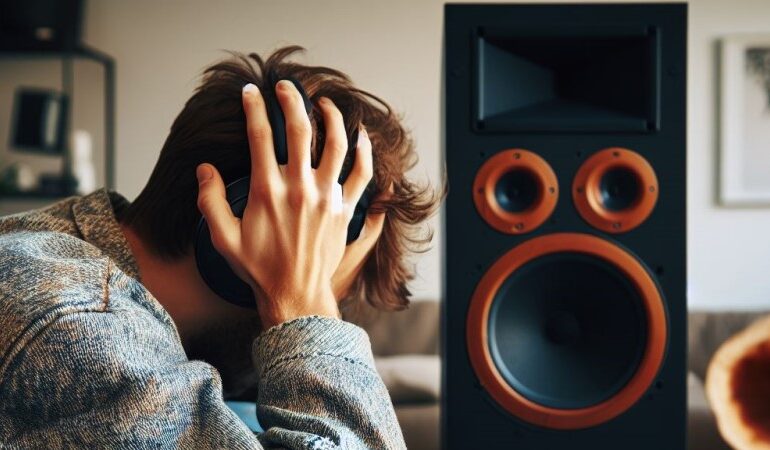How Much of a Rest for OSHA Sound Exposure Levels
In home theater, you are going to run into people that are about output. They want the big speakers, the even bigger subwoofers, and more amplifier power than they’ll ever use. You probably can hear these people driving down the street from a block or more away. They can never have enough volume. You may have mentioned to them about the OSHA Noise Exposure guidelines. They talk about how loud a specific volume of noise can be and how long you can be exposed to it before you risk hearing damage. Your friend has assured you that they take breaks so they are safe. But is that true? How much of a rest should someone take to be safe from hearing damage based on the OSHA sound exposure level recommendations? Let’s discuss!
What is “Exposure?”
If you read the OSHA materials, you’ll find that they are addressing workplace noise over an 8-hour period. A little research will reveal that this is measured in a number of ways including using professionals or by having employees wear SPL meters. OSHA doesn’t care as long as the noise is below 85dB (or 90dB depending on which standard you are using). Anything below 85dB is considered safe. At 90dB, a person can be exposed to 8 hours of sound before they risk hearing damage. But, again, what is “exposure.”
OSHA is looking at the average noise across that time period. So, for one hour you can be exposed to 105dB continuously before you risk hearing damage. There may be louder or softer sounds during that period, but the average should be 105dB. Note that there should be no noises AT ALL that exceed 140dB during the measurement period.
What the OSHA Measurements Mean
If OSHA were to come to measure your workplace (for example), they’d take an average of the sound pressure level over the course of a day. Provided there were no areas within your workplace with average sound levels above 85dB (or 90dB), then you’d be done. If there were areas with sound levels at or above 85dB, they’d figure out how long employees were exposed to those noises. If their exposure time is lower than the maximum time on the chart above, then, again, you’d be done.
The time employees spend exposed to those sound levels is the most important metric. If it was greater than the recommended time, then you’d have to make some changes. Either employees would have to wear hearing protection or you’d have to make changes to the work environment to alleviate some of the noise. If there were noises louder than 140dB at any point, OSHA would also require you to do something to protect your employee’s hearing.
Understand that this is a very gross oversimplification. We are not OSHA experts around here.
What About Your Theater?
If you look at the standards for movie theaters, you’d find that reference level is 85dB sustained with 105dB peaks (bass is slightly higher). Obviously, 85dB is completely safe for a movie. Few movies are longer than 8 hours and 105dB is well under the 140dB OSHA maximum. Most people find reference level overly loud so hearing loss isn’t an issue.

But getting back to your friend, they may be kicking their volume way past reference level. What if they are bumping everything up 15dB. Most AV receivers can do that for you if you want. This would put the sustained volume at 100dB with peaks at 120dB! OSHA says you’d be risking hearing damage after only two hours. Many, if not most, movies these days are longer than 2 hours.
But your friend says they take breaks. They go to the bathroom and such. Is that enough of a “rest” to keep them safe from hearing damage according to OSHA’s sound exposure levels?
What is a “Rest”
Remember that OSHA is dealing with businesses and the sound levels to which they are exposing their workers. They aren’t worried about what the workers do in their free time. If you work in a very loud environment and then go to rock concerts every night, OSHA only cares if the hearing damage happened while you were at work.
The chart at the top of this article assumes that the rest of your day is filled with noise that is lower than 85dB. If you are looking for an exact amount of time, the US Navy has indicated that at least 14 hours of rest is needed between exposures to overly loud environments (link to PDF). That is certainly longer than just a bathroom break!
Do You Need to Worry?
If you’ve used your room correction program (or an SPL meter and a guide), then your system is set up for reference level. Reference level (or 0dB on your volume knob) is safe for all-day viewing. If you find yourself pushing the volume dial past 0dB (into positive numbers), then you’ll want to be a little careful. One sure sign that you have things too loud is if you find your ears ringing at any point. In most homes, however, you should be just fine.



